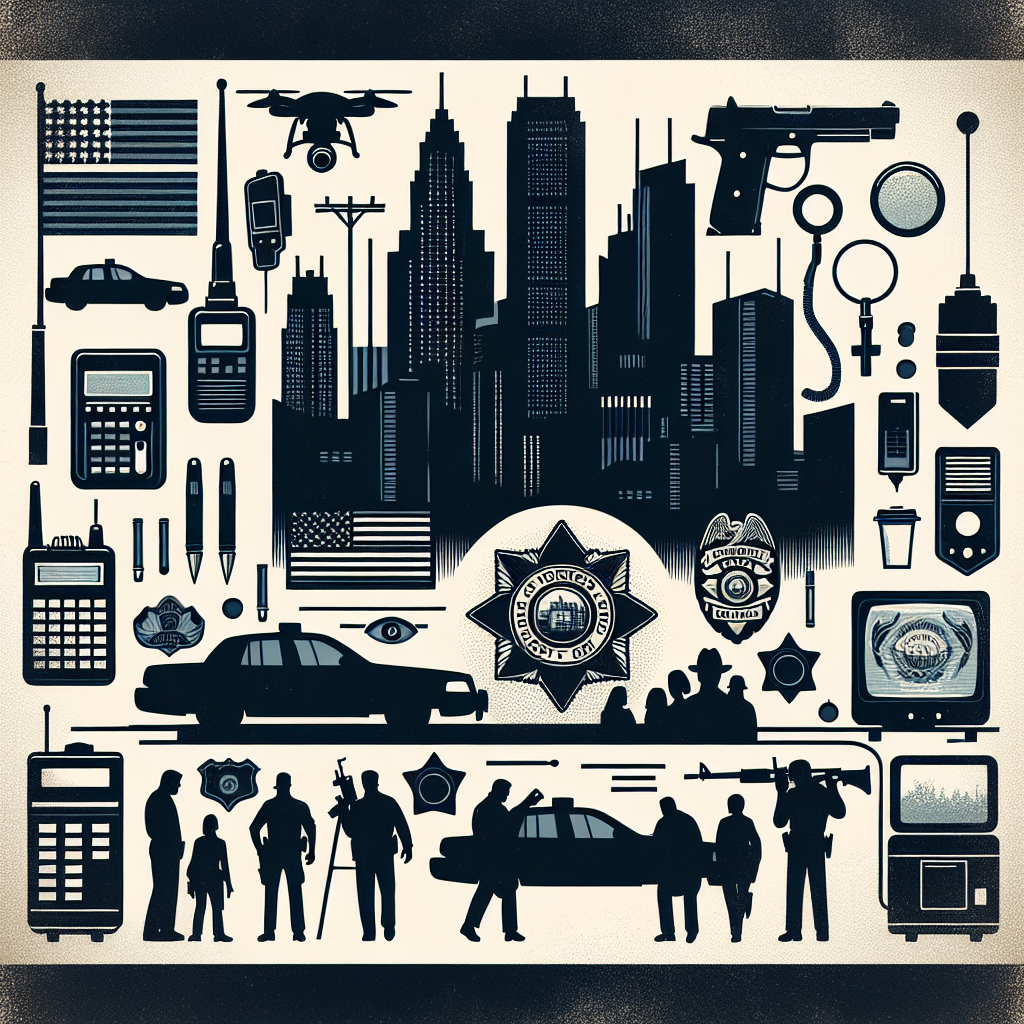NYPD Blue (1993): A Reflective Analysis of a TV Landmark
Introduction
"NYPD Blue" premiered on September 21, 1993, ushering in a revolutionary era for television drama. Created by Steven Bochco and David Milch, the show distinguished itself with its raw portrayal of police work, solidifying its place as a cornerstone in TV history. With its gritty realism, complex characters, and innovative storytelling, "NYPD Blue" broke numerous conventions, earning critical acclaim, a dedicated fan base, and numerous awards in the process. Understanding its significance requires examining its themes, character development, narrative style, and broader cultural impacts.
Main Themes and Character Arcs
Central to "NYPD Blue" is its raw, unfiltered look at the life of New York City detectives. The show dives deeply into themes such as justice, morality, loss, and redemption, merging the professional and personal lives of its characters in a way few shows had before.
Detective Andy Sipowicz (Dennis Franz) stands out as the focal point of many of these themes. When we first meet Sipowicz, he is a deeply flawed character—racist, alcoholic, and volatile. His journey throughout the series is one of personal redemption and growth. Initially depicted as a figure to detest, Sipowicz’s character gradually evolves, revealing layers of vulnerability and a desire to rectify his past misdeeds. His struggles with addiction, loss, and fatherhood make him an authentic, relatable character who mirrors the complexities of real human beings.
The arcs of other characters, such as John Kelly (David Caruso) and Bobby Simone (Jimmy Smits), complement Sipowicz’s story, emphasizing themes of partnership, loyalty, and resilience. John Kelly, in particular, brings a sense of justice and balance to the volatile Sipowicz, setting the tone for the detective partnership dynamics that become a hallmark of the series.
Narrative Techniques
"NYPD Blue" employed several pioneering narrative techniques that enhanced its storytelling depth and realism. Notably, its use of handheld cameras and natural lighting contributed to the show’s cinéma vérité style, lending an almost documentary-like feel to the proceedings. The rapid, overlapping dialogue—a signature of Milch’s writing—created a sense of chaotic realism, capturing the frenetic energy of a police precinct.
The show’s willingness to address controversial and mature topics, including racism, homophobia, and police corruption, set it apart from contemporaneous police procedurals. Episodes like "Tempest in a C-Cup" (Season 1, Episode 3) pushed the boundaries of broadcast television with explicit content and a no-holds-barred approach to storytelling. This commitment to authenticity occasionally sparked controversy but also contributed to the show’s reputation for brave, groundbreaking television.
Cultural and Historical Context
"NYPD Blue" debuted during a period of significant social and political upheaval in the U.S. The early 1990s saw growing concerns about crime rates, racial tensions, and police behavior, subjects intricately woven into the show’s narrative fabric. The fact that "NYPD Blue" did not shy away from portraying the flaws of its protagonists, including instances of police misconduct, was significant for its time.
Episodes like "All’s Well That Ends Well" (Season 4, Episode 22) and "Raging Bulls" (Season 6, Episode 12) deal directly with issues of race and brutality, forcing viewers to confront the complexities and moral ambiguities of law enforcement. The show’s willingness to explore these dimensions provided a more nuanced view of the police than the idealized portrayals typical of earlier decades.
Legacy and Lasting Influence
The impact of "NYPD Blue" on the television landscape is profound. Its success demonstrated that there was a substantial audience for mature, complex drama series, paving the way for future shows like "The Sopranos," "The Wire," and "Breaking Bad." The raw emotional depth and character-driven stories of "NYPD Blue" helped shift the paradigm for what television dramas could achieve, emphasizing character development and moral complexity over procedural formulas.
Moreover, "NYPD Blue" played a crucial role in evolving television’s censorship standards. Its frequent use of strong language, partial nudity, and mature subject matter challenged and eventually expanded the boundaries of what was permissible on network television. This evolution in content opened the door for more realistic and diverse representations of life and society on mainstream media platforms.
Reflective Questions and Takeaways
As we reflect on the legacy of "NYPD Blue," several questions arise: How does current television measure up to the standard set by "NYPD Blue" in terms of complexity and realism? In what ways have modern shows built upon or deviated from the themes and techniques pioneered by "NYPD Blue"?
Additionally, in today’s climate of heightened awareness around social justice and systemic issues in law enforcement, revisiting "NYPD Blue" can prompt valuable discussions. How well do the series’ portrayals of police ethics and misconduct hold up in today’s context? Can "NYPD Blue" still provide meaningful insights into the human condition and societal challenges, or does it require a more critical viewing lens in light of contemporary debates around law enforcement and representation on screen?
Conclusion
"NYPD Blue" remains a seminal work in the annals of television history, lauded for its brave storytelling, intricate character development, and socio-cultural relevance. Its influence reverberates throughout the TV landscape, challenging creators and audiences alike to embrace stories that are raw, real, and reflective of a multifaceted human experience. As we look back, "NYPD Blue" invites us to reconsider the ways we understand and depict the world, asking that we view its legacy both as a product of its time and a trailblazer for future storytelling.
Got more questions? Our personalized TV Explorer AI assistant is here to help. Click here to start a conversation!
[Advertisement]
Want to see the deeper significance behind your favorite TV shows? Discover how ANY show relates to positive biblical principles with TV and Scripture GPT from BGodInspired.com. Click here to gain insights that go beyond the screen!
[Advertisement]

